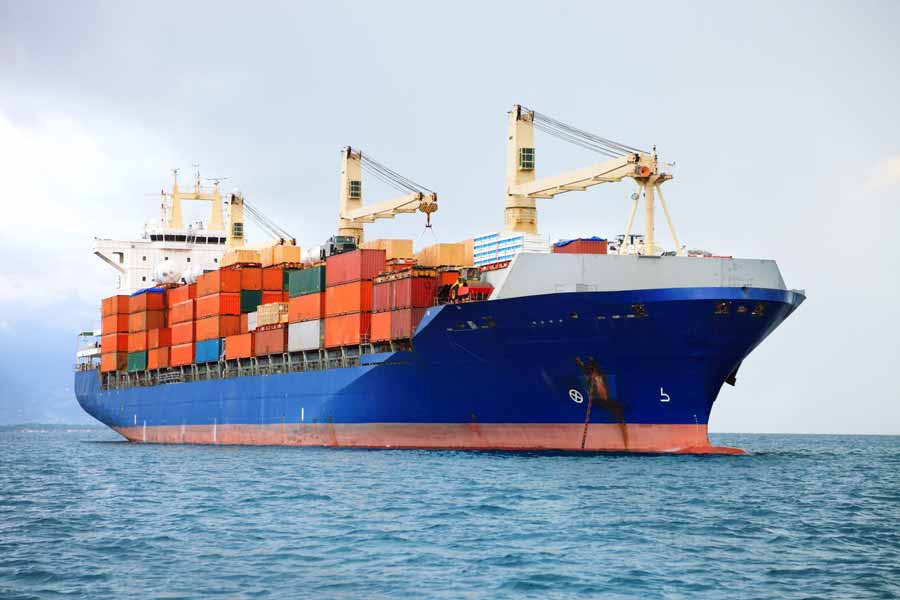
South Africa’s agricultural sector has reason to celebrate as the country’s agricultural exports reached a new record in 2022, totaling US$12.8 billion, a 4% increase from the previous year. This achievement was attributed to higher agricultural commodity prices, despite challenges in logistics and key export markets. The top exportable products included maize, wine, grapes, citrus, berries, nuts, apples and pears, sugar, avocados, and wool, and these products were spread across various key markets.
The African continent remained a leading market, accounting for 37% of South Africa’s agricultural exports, followed by Asia at 27%, the E.U. at 19%, the Americas region at 7%, and the rest of the world at 10%. While maize was a major product exported to Africa and Asia, exports to other regions were mainly fruits and wine.
To achieve this feat, organized agriculture groupings, the government, Transnet, and various logistical groups worked tirelessly to ensure a flow of products to exports. For example, at the start of 2022, logistical challenges in the ports of Cape Town disrupted the exports of table grapes and other deciduous fruits. However, cooperation between Transnet and organized agriculture helped to minimize the constraints and opened up channels of communication that were critical for managing the flow of exports and attending to pressing problems. Moreover, the port of Durban faced fewer challenges than the previous year, with citrus exporters facing a relatively better export season from a logistics perspective. This was also brought about through increased cooperation between organized agriculture and Transnet.
In the key export markets, South Africa faced non-tariff barriers such as China temporarily blocking South African wool in response to the outbreak of foot-and-mouth disease in South Africa. Similarly, the E.U. imposed protectionist measures on South African agriculture by changing its regulations on plant safety for citrus without notifying its trading partners within a reasonable time. This issue was contentious as South Africa had already put rigorous measures to control the False Codling Moth. Nonetheless, South Africa was able to continue exporting agricultural products to these markets.
South Africa’s agriculture is export-oriented, with a focus on maintaining smooth relations with critical export markets while searching for additional new markets. The priority countries for expanding agricultural exports should be China, South Korea, Japan, the USA, Vietnam, Taiwan, India, Saudi Arabia, Mexico, the Philippines, and Bangladesh. These countries have sizable populations and import large amounts of agricultural products.
In 2022, South Africa’s agricultural imports amounted to US$7.3 billion, with the top imported products being rice, palm oil, wheat, poultry, and whiskies. These products primarily originated from Asia, the E.U., the Americas, and the U.K. Despite the import value being less than the export value, it is important to note that South Africa’s agriculture is not a one-way trade, and the country also imports various agricultural products.
In conclusion, South Africa’s agricultural sector achieved a new record in exports in 2022, despite challenges in logistics and key export markets. The sector’s focus should be on maintaining and expanding export markets while seeking new ones. Furthermore, policymakers should focus on fostering open and friendly relations with both the East and West, as agricultural exports are evenly spread across these regions. By doing so, South Africa’s agricultural sector can continue to contribute positively to the country’s economy.


















